With dozens more new EVs expected to hit U.S. showrooms this year, sales of the vehicles have slowed. One reason for the flattening is a growing concern about the ability to charge these vehicles, especially as more and more hit the roads. The Biden administration released $773 million in new funding to build and, perhaps more importantly, repair EV stations across the country.
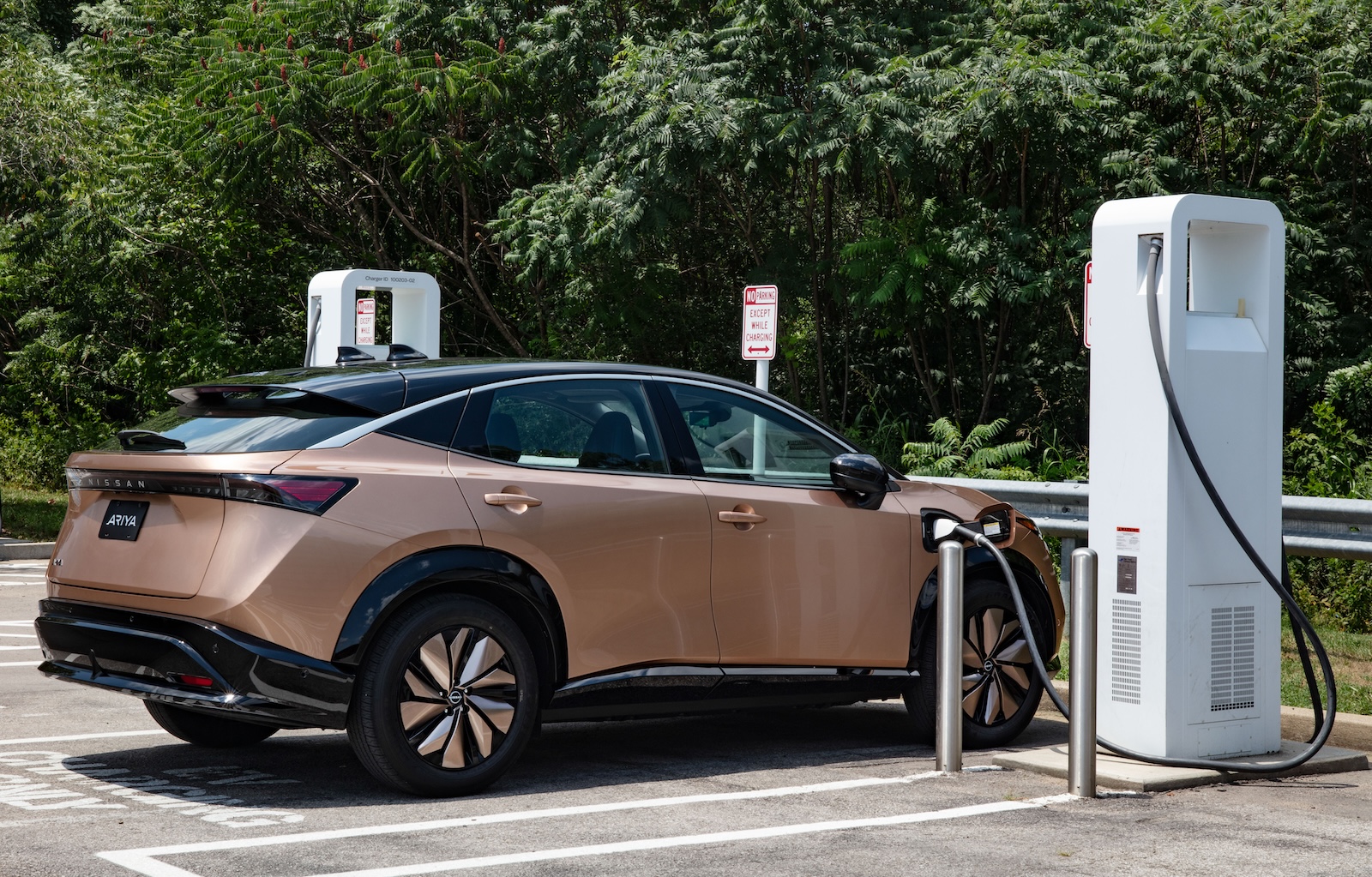
Nissan introduced its second all-electric model, the Ariya, and scores more new EVs are coming. They highlight the need to improve the charging network.
The steady climb of electric vehicle sales leveled off in the last four months of 2023. There were multiple reasons ranging from cost to availability. However, a big factor for many first-time EV buyers is “where,” as in where will they charge their cars other than at home.
The Biden administration’s push to expand the number of EVs not only includes incentives to buy them, but also an effort to help expand the charging infrastructure across the U.S. The U.S. Departments of Transportation and Energy released $623 million in grants recently to fund 47 EV charging and alternative-fueling infrastructure projects in 22 states and Puerto Rico, including construction of approximately 7,500 EV charging ports.
That was followed Thursday by an additional $150 million in grants for 24 projects in 20 states to make improvements to 4,500 chargers to make them more reliable.
“Charging your electric vehicle should be as easy and convenient as filling up a gas tank – and these grants will help do that by making our EV charging network more reliable,” said Federal Highway Administrator Shailen Bhatt. “We’re building a bigger and better EV charging network to keep up with driver demand, and we’re also ensuring the existing network works when you need a charge.”
Timing is everything
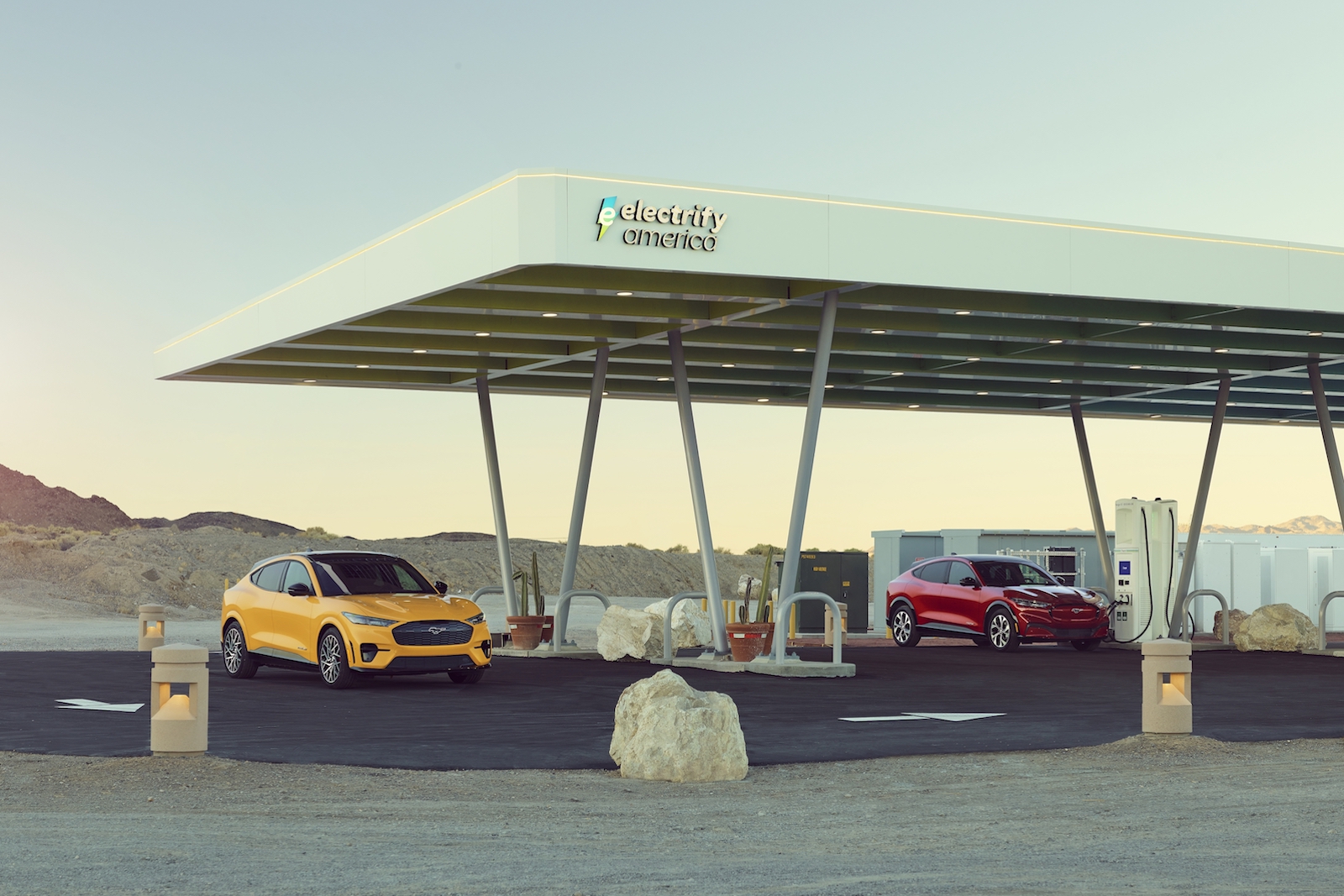
Private companies are building EV charging stations as quickly as they can, but it’s not an inexpensive proposition.
The $773 million in funding couldn’t come soon enough as automakers are spending more than $150 billion to bring a slew of new EVs to the market by the end of the decade. The current EV charging infrastructure is often overwhelmed by the estimated 4 million EVs on U.S. roads right now.
Automakers sold a little more than $1 million EVs last year, and they’re hoping to increase those results. However, the big fear among potential EV buyers has shifted from range anxiety to charger anxiety. Are there enough chargers, how long will they take, and will they work when I get there are the big three questions of the day.
The answers — no, a while, and who knows? — have crimped sales. According to a recent study by the McKinsey Center for Future Mobility, charger anxiety is the leading issue because so many potential buyers don’t have the ability to plug in at home or office. Adding to the problem, the study found that at any moment nearly a third of public chargers — where that $150 million is going — are out of service.
While most owners charge at home, the expanding range of EVs as well as the number of buyers who live in apartments or condos with no garages, thus no access to a home charger, means the need for publicly accessible charges is on the rise.
The McKinsey study found that number of public chargers is growing rapidly. But Philipp Kampshoff, a partner at McKinsey, said that many EV owners — as well as potential buyers — simply don’t know they’re out there.
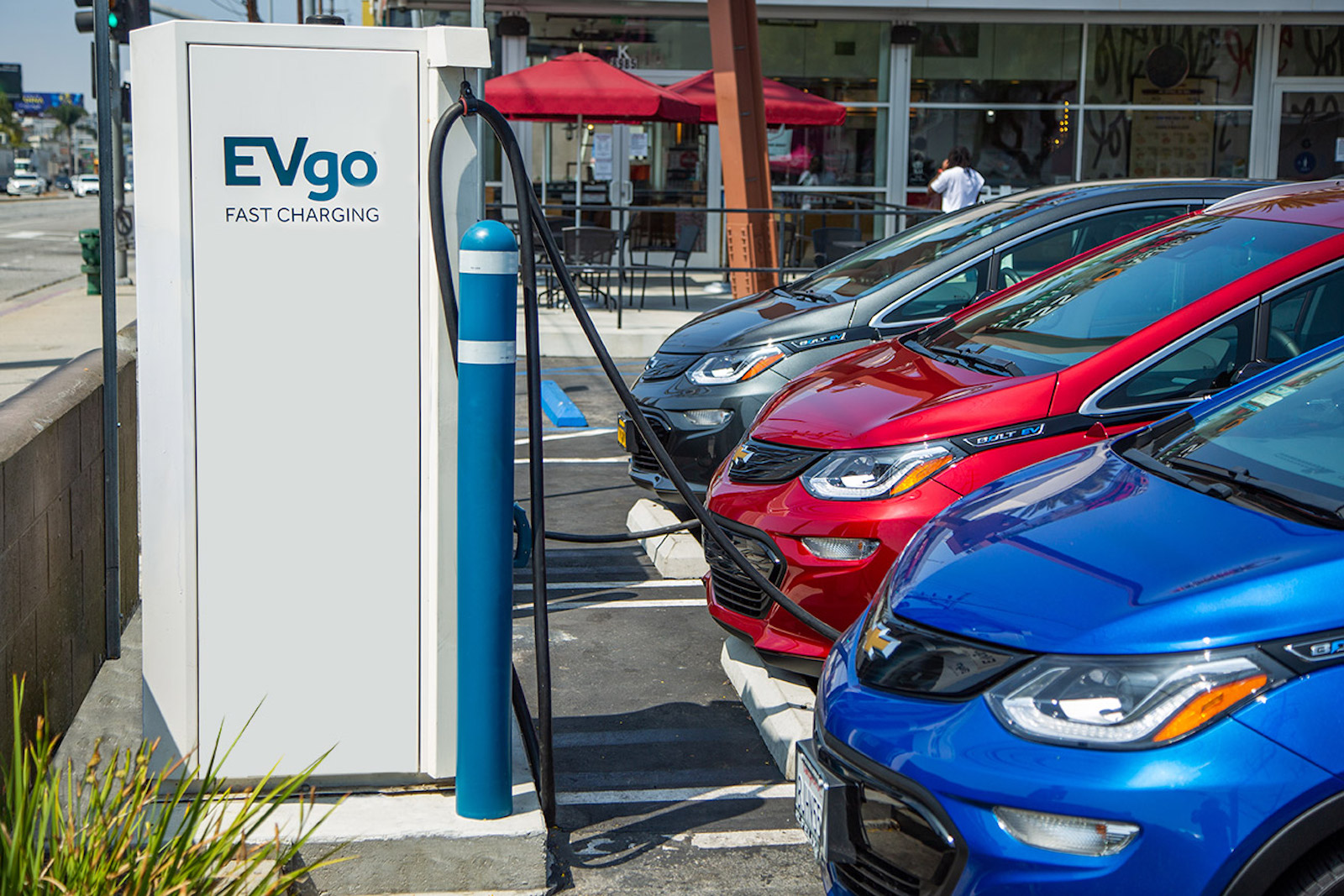
Electric vehicles and plug-in hybrid electric vehicles improved average fuel economy in the U.S. by 1.2 mpg in model-year 2022
“We’re building out the charging station (infrastructure) but people don’t see it,” he said, adding they’re often located in obscure places. And while gas stations along major highways are typically identified by “lollipops,” tall brand logos usually found along exits, EV charging stations are rarely flagged in such visible ways.
More EV stories
- Public Charging Problems Key to Slowing Growth of EV Sales
- Nissan delaying launch of two new EV sedans
- Want a good deal on a Tesla? Try Hertz
New money for new chargers
In addition to making updates to existing chargers, the bulk of the money released this month is for expanding the infrastructure to meet the needs of future buyers or owners who live places where public chargers are sparse.
The Federal Highway Administration awarded $311 million to 36 “community” projects, including two Indian Tribes in Alaska and Arizona. These projects invest in EV charging and hydrogen fueling infrastructure in urban and rural communities, including at convenient and high-use locations like schools, parks, libraries, multifamily housing and more.
Another $312 million in funding will go to 11 “corridor” recipients whose projects are located along roadways designated as Alternative Fuel Corridors. These projects will fill gaps in the core national charging and alternative-fueling network.

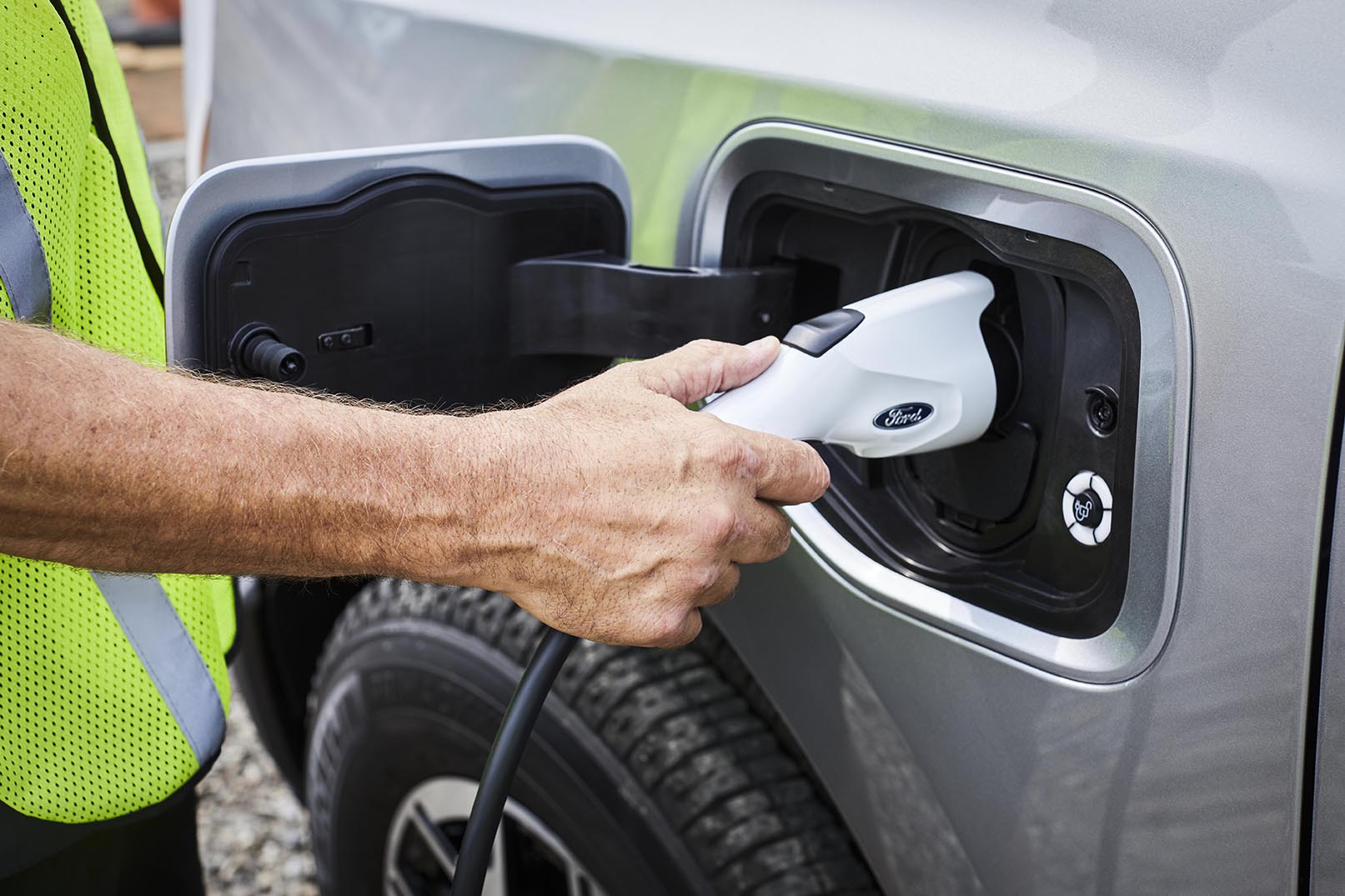
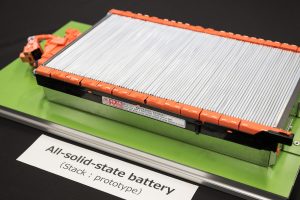


0 Comments